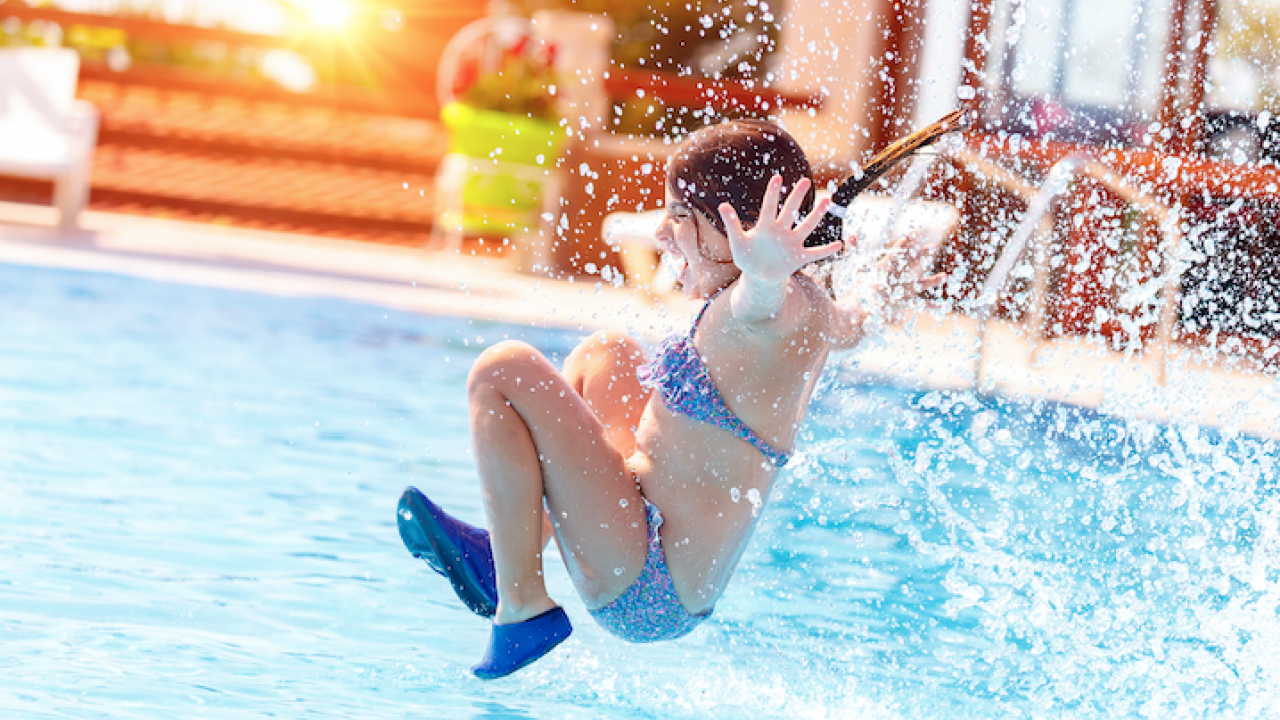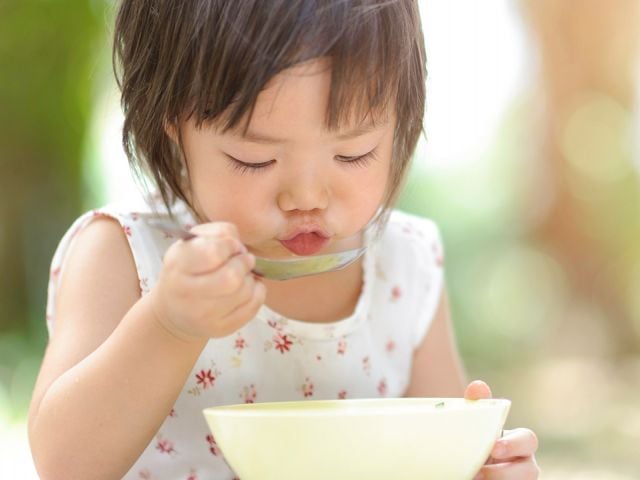
Disinfection Byproducts
Swimming pool disinfection is essential and necessary to prevent skin recreational water illnesses like rashes and diarrhea caused by bacteria, viruses, and other parasites. But when pool chlorine and other disinfectants react with contaminants in the water, they form harmful disinfection byproducts.
It is critical that the water be free of pathogens, but every measure must also be taken to decrease the amount of disinfection byproducts formed in the swimming pool. As with many other toxic chemicals, disinfection byproducts can pose a particular risk to children, and exposure for children is often much greater than for adults.
Sources of Contaminants
Pools are vulnerable to all of the biological and chemical contaminants swimmers bring with them:
- Sweat
- Saliva
- Lotion
- Bug repellents
- Hair
- Makeup
- Gel
- Oil
- Skin cells
- Bacteria
- Urine
- Dirt
- Sand
- Food
- Pets
Exposure to Disinfection Byproducts
In one study of 23 indoor pools, researchers reported that haloacetic acids, just one type of disinfection byproducts, were found at an average concentration of 1,541 parts per billion – more than 25 times the level the EPA allows in drinking water.
At this level, accidentally swallowing just one-third cup of pool water – what a child ingests in just an hour and a half – would exceed the maximum daily dose set by the drinking water standard, according to EPA estimates.
These chemicals can also be inhaled from poolside air or absorbed through the skin. Children and teenagers have an increased risk of developing bronchial hyperreactivity, asthma and rhinitis because of exposure to disinfection byproducts from pools.
Reducing Disinfection Byproduct Levels and Avoiding Exposure
The major source of disinfection byproducts in pool water – “human input” – is also part of the solution. In an experimental study published in 2014, disinfection byproduct formation was reduced by more than two-thirds when swimmers used the bathroom to relieve themselves and showered for just 60 seconds before they got in the pool.
Teach Your Kids These Healthy Swimming Habits
- Shower or rinse with water for just 60 seconds before entering the pool the first time to wash away loose hair, dirt, oils, and other contaminants.
- Remind kids get out of the pool every couple of hours for a bathroom break – don’t pee in the pool! This is a great time to reapply sunscreen.
- Don’t spit or swallow pool water. Keep your mouth closed to prevent accidental ingestion.
- Keep pets out of the pool – pets carry in more contaminants than people.
- Rinse dirt and sand off of pool floats and toys before bringing them in the pool.
- Don’t eat or drink in the pool.
Stay Safe and Have Fun
- Reapply sunscreen after rinsing and swimming to protect their skin from the sun.
- Don’t boycott your neighborhood swimming pool. Swimming is great exercise that offers lifelong benefits for everyone in the family.



